Optimal Timing for Siding Service
Understanding the optimal timing for siding service can ensure the durability and quality of the installation or repairs. Seasonal weather patterns and temperature fluctuations influence the effectiveness and longevity of siding work, making timing an important consideration.
Spring offers moderate temperatures and longer daylight hours, ideal for siding projects. Weather conditions are generally stable, reducing delays and ensuring quality work.
Summer provides warm weather and plenty of sunlight, but high humidity and heat can affect certain siding materials and installation processes.
Fall's cooler temperatures and dry weather create favorable conditions for siding work. Scheduling in early fall can prevent delays caused by winter weather.
Winter's cold temperatures and potential for snow or ice can hinder siding installation and repair, leading to delays and potential damage to materials.

Spring offers optimal conditions for siding projects with moderate temperatures and low humidity.

Summer's warm weather is suitable for siding inspections and minor repairs, provided humidity levels are manageable.
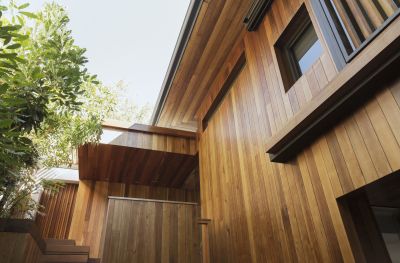
Fall provides cool, dry weather ideal for installing or upgrading siding before winter arrives.
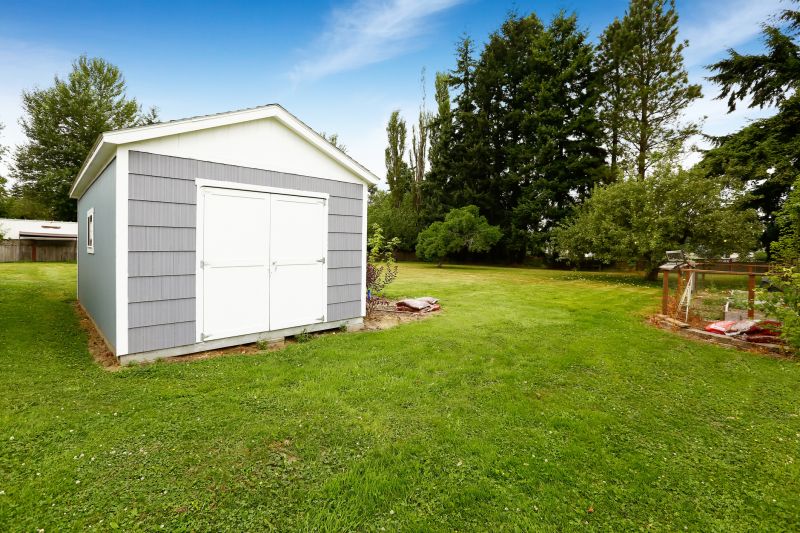
Ways to make Siding Service work in tight or awkward layouts.

Popular materials for Siding Service and why they hold up over time.
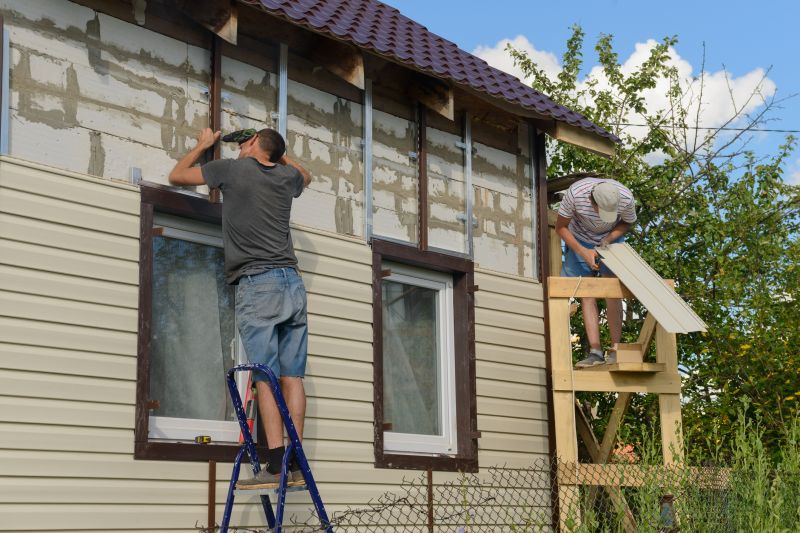
Simple add-ons that improve Siding Service without blowing the budget.
| Season | Suitable for Siding Service |
|---|---|
| Spring | Yes |
| Summer | Moderate, with considerations |
| Fall | Yes |
| Winter | No |
Siding service encompasses installation, repair, and replacement of exterior wall coverings that protect and enhance the appearance of buildings. Proper timing ensures that siding materials are installed under conditions that prevent warping, cracking, or other damage. Weather impacts are significant; for example, high humidity can cause siding materials to expand or contract, affecting the fit and finish. Additionally, scheduling siding work during optimal weather helps avoid delays caused by rain, snow, or freezing temperatures, which can compromise the integrity of the installation.
Statistics indicate that siding projects completed during favorable weather conditions tend to last longer and require fewer repairs. Properly timed siding service can improve energy efficiency, reduce maintenance costs, and enhance curb appeal. Planning siding work for spring or early fall can also align with home renovation schedules, providing convenience and better results.
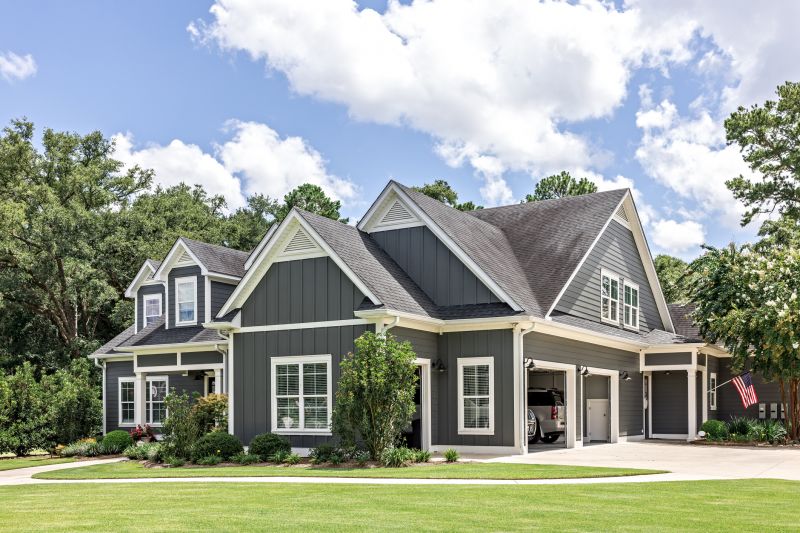
Spring's moderate temperatures facilitate efficient siding installation with minimal weather disruptions.
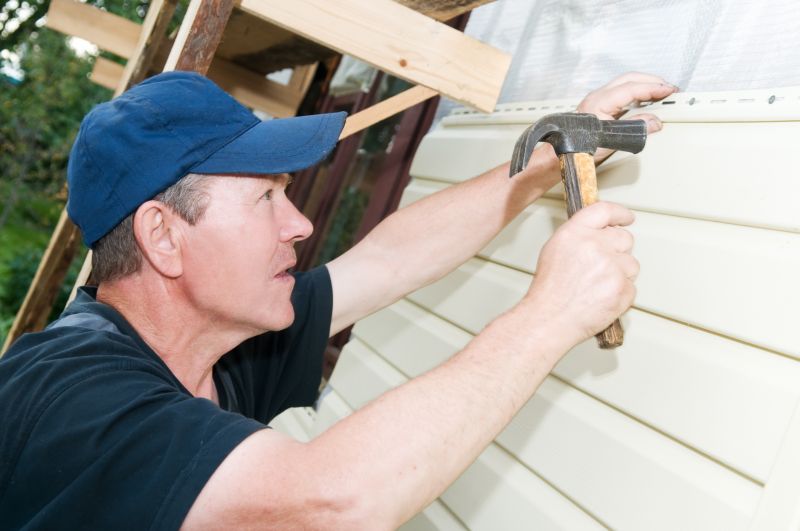
Summer allows for repairs and inspections, especially during dry, warm days.
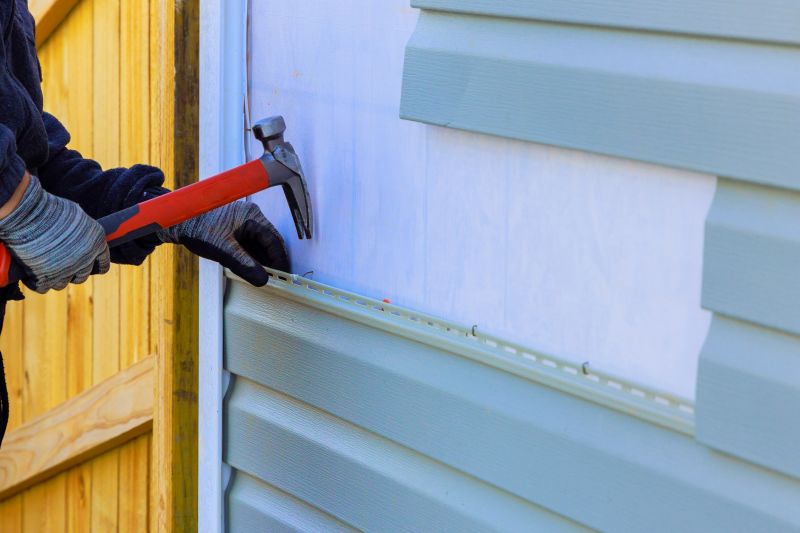
Fall's cooler, dry weather is ideal for installing or upgrading siding before winter.
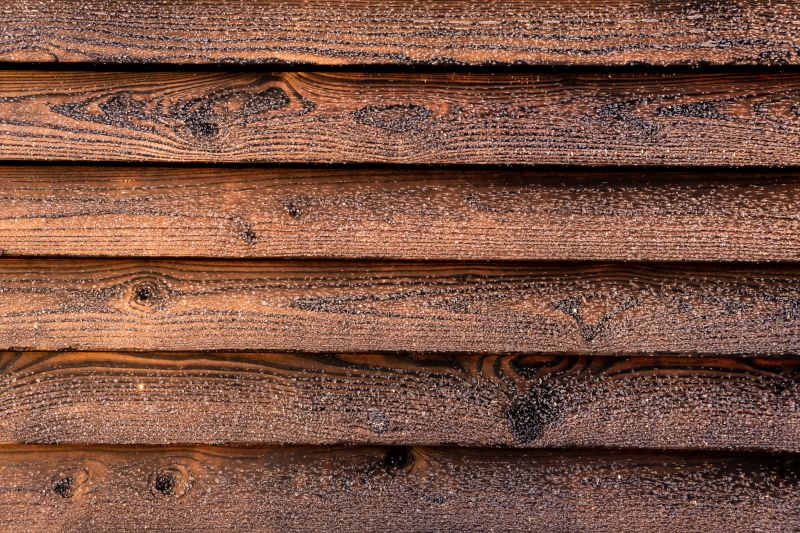
Winter is generally unsuitable for siding work due to cold, snow, and ice conditions.

High-end options that actually feel worth it for Siding Service.

Finishes and colors that play nicely with Siding Service.
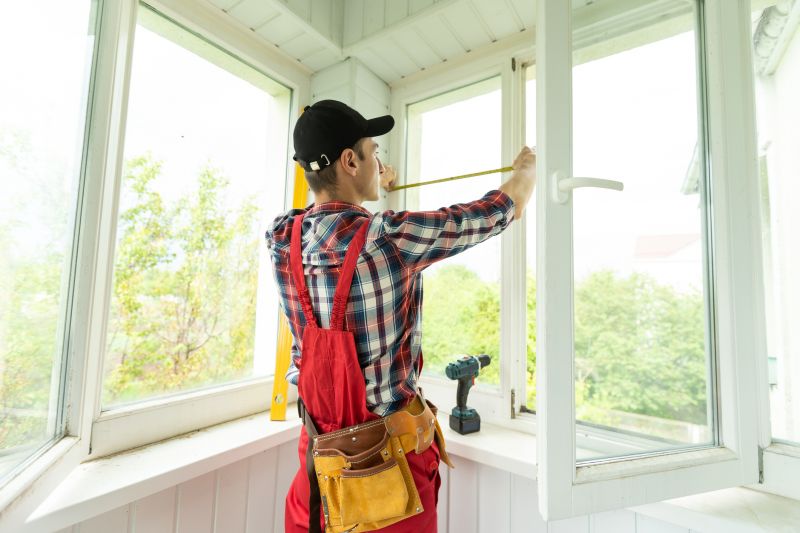
Little measurements that prevent headaches on Siding Service day.
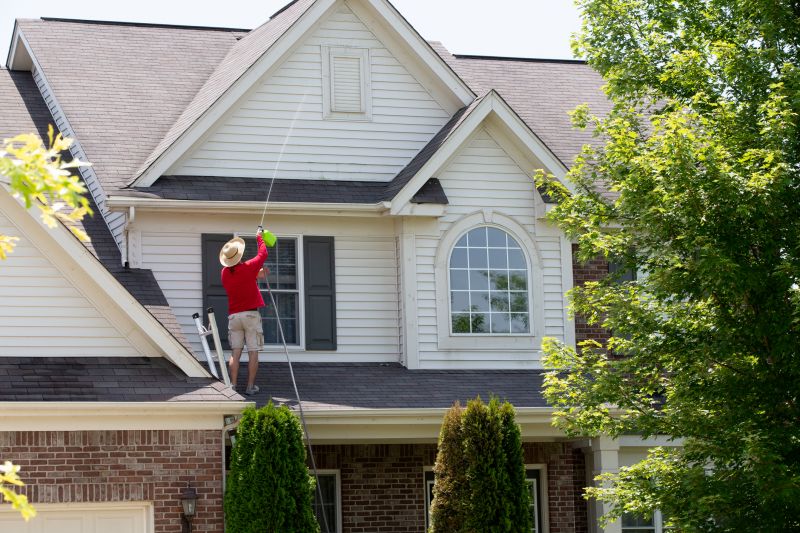
A 60-second routine that keeps Siding Service looking new.
Interested in scheduling siding service? Filling out the contact form can help coordinate timing to ensure the best results based on seasonal conditions and project requirements.


